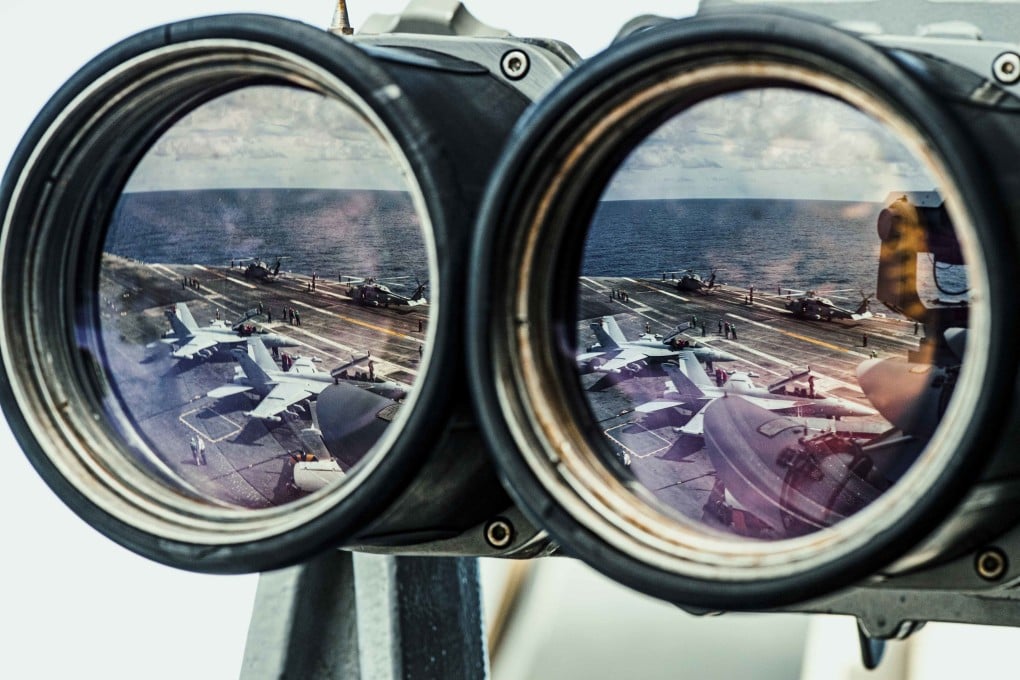China lab simulates attack on US warships using space weapons, hypersonic missiles
- Laboratory that works on electronic warfare equipment for PLA shows how satellites and missiles might be used to strike an aircraft carrier group
- Researchers say ‘electronic warfare in outer space using low-orbit satellite constellations has become an important means of information warfare’

An American aircraft carrier strike group churns through the ocean at full throttle. With warplanes, its combat range is 1,000km (620 miles).
From 1,200km (745 miles) away, a salvo of Chinese hypersonic anti-ship missiles is launched skyward. They climb for more than 200km (124 miles), then head for the US warships, whose radars do not detect them until 10 minutes after launch. By then the missiles are just 50km (30 miles) away.
Leading the project was Liu Shichang, a scientist with the Science and Technology on Electronic Information Control Laboratory. The secretive lab works on electronic warfare equipment for the Chinese military, under state-owned China Electronics Technology Group Corporation.
Liu said the missiles went undetected because China’s space-based electromagnetic weapon system was suppressing the radars of the escort ships in a “top-down” manner.
“Commanding height has always been a pivotal tactic in war since ancient times,” Liu and the team wrote in the peer-reviewed Chinese journal Shipboard Electronic Countermeasures in December.
“With the evolution of the concept of war and the advancement of technology, space has become a new commanding height fiercely contested by the world’s military powers.”